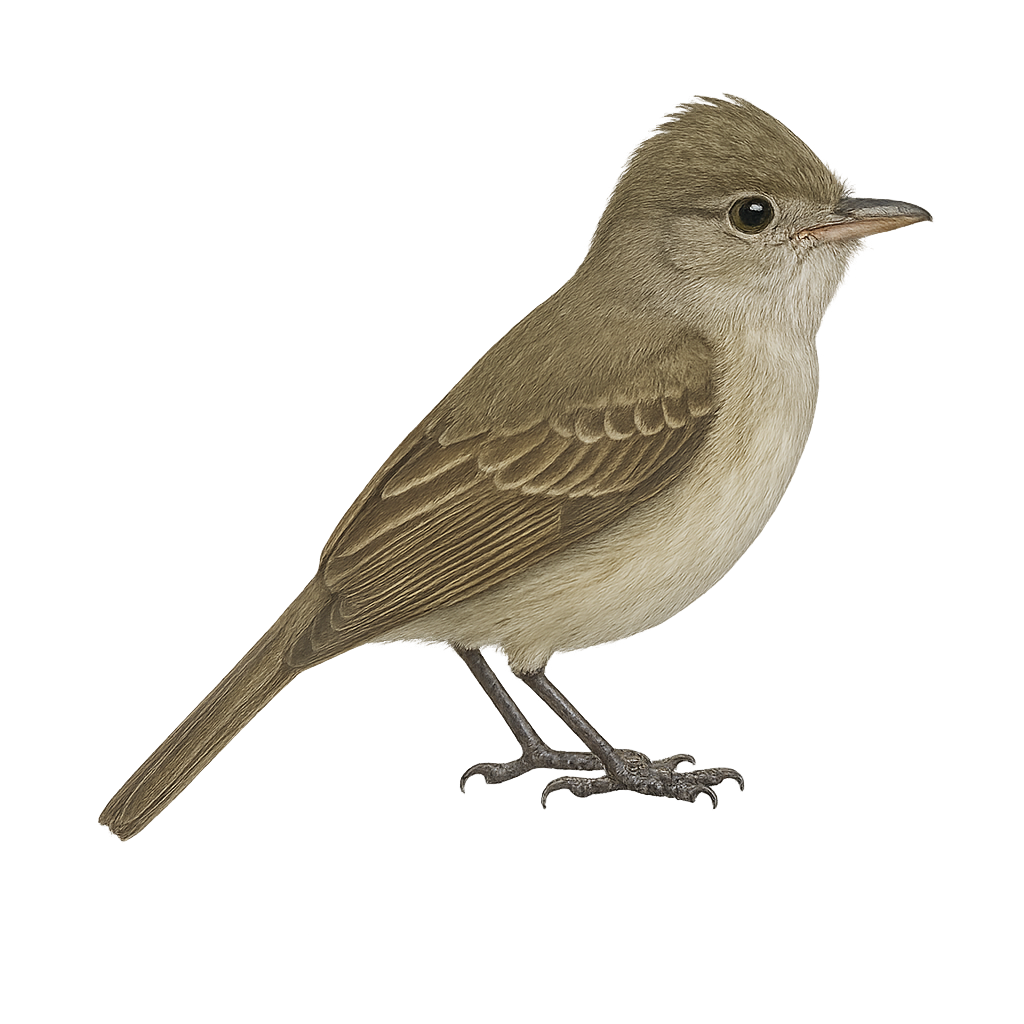Your wildlife photography guide.
Explore the lesser elaenia in detail, study its behavior, prepare your shots.
Where to observe and photograph the lesser elaenia in the wild
Learn where and when to spot the lesser elaenia in the wild, how to identify the species based on distinctive features, and what natural environments it inhabits. The WildlifePhotographer app offers tailored photography tips that reflect the lesser elaenia’s behavior, helping you capture better wildlife images. Explore the full species profile for key information including description, habitat, active periods, and approach techniques.
Lesser Elaenia
Scientific name: Elaenia chiriquensis

IUCN Status: Least Concern
Family: TYRANNIDAE
Group: Birds
Sensitivity to human approach: Not very shy
Minimum approach distance: 5 m
Courtship display: March to June
Incubation: 16-18 jours
Hatchings: March to July
Habitat:
open forests, edges, shrublands
Activity period :
Primarily active during the day, with peak activity in the morning and late afternoon.
Identification and description:
The Lesser Elaenia is a small passerine bird belonging to the Tyrannidae family. It is mainly found in tropical and subtropical regions of Central and South America. This bird is characterized by its inconspicuous plumage, usually olive green on the back and lighter on the belly, with slightly darker wings. It inhabits open forests, edges, and shrublands, often at varying altitudes. Its song is a key identification feature, consisting of soft, repetitive notes. The Lesser Elaenia is a diurnal bird, active mainly in the morning and late afternoon. Although it is relatively not very shy, it remains cautious and prefers areas with dense vegetation cover.
Recommended lens:
400 mm – adjust based on distance, desired framing (portrait or habitat), and approach conditions.
Photography tips:
To photograph the Lesser Elaenia, it is advisable to use a telephoto lens of at least 400mm to capture precise details without disturbing the bird. Look for areas where the bird is active, such as forest edges or shrubs. Be patient and discreet, as even though it is not very shy, it remains cautious. The best times to photograph it are early in the morning or late in the afternoon, when the natural light is soft and flattering.
The WildlifePhotographer App is coming soon!
Be the first to explore the best nature spots, track rutting seasons, log your observations, and observe more wildlife.
Already 1 430 wildlife lovers subscribed worldwide

